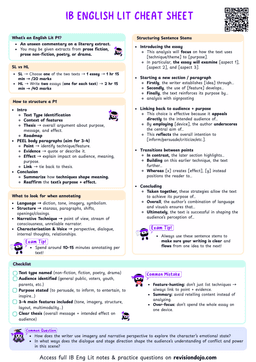Comics Create A Visual Narrative
Comics
A narrative told through a series of panels combining images and words.

- Unlike traditional prose, comics use visual elements like color, line, and panel layout to convey meaning.
- Think of them as a storyboard, each panel is a frame, and together they create a visual narrative.
Key Features of Comics
- Panels: Individual frames that contain a segment of the story.
- Size and shape can influence the pace and emphasis.
- Gutters : The spaces between panels where readers infer what happens.
- Speech Bubbles : Contain dialogue or thoughts of characters.
- Captions : Provide narration or context outside of dialogue.
- Visual Elements : Color, line , and composition work together to create mood and emphasis.

In Maus by Art Spiegelman, the use of black-and-white imagery reinforces the seriousness of the Holocaust narrative.
How Comics Create Meaning
Visual Storytelling
- Color: Sets the mood and tone.
- Red might signify danger or passion , while blue can evoke calm or sadness (see 1.3.1 Visual techniques for a full breakdown of color psychology)
- Line Work: Jagged lines can create a sense of tension, while smooth lines suggest calmness.
- Panel Layout: Irregular panels can convey chaos, while uniform panels suggest order.
In Watchmen, the use of a nine-panel grid creates a sense of control, contrasting with the chaotic events unfolding in the story.
Textual Elements
- Dialogue: Reveals character and advances the plot.
- Captions: Provide background information or internal monologue.


